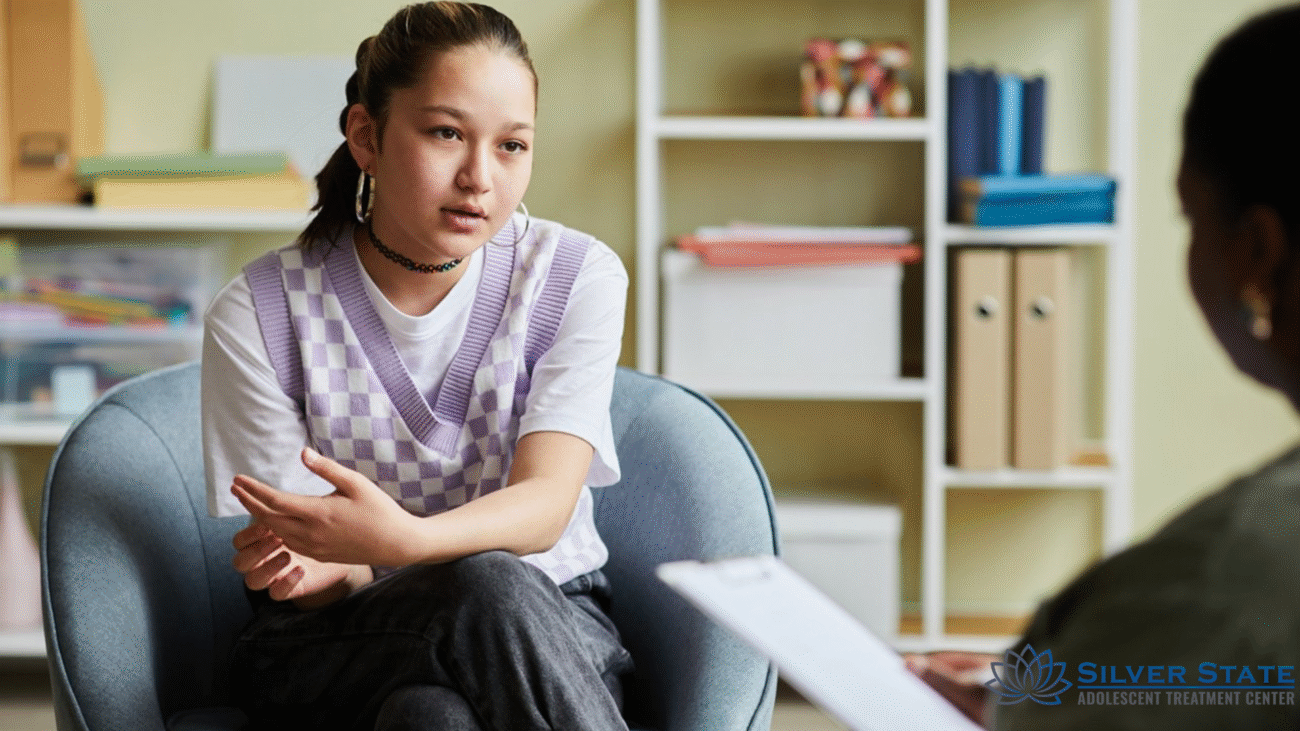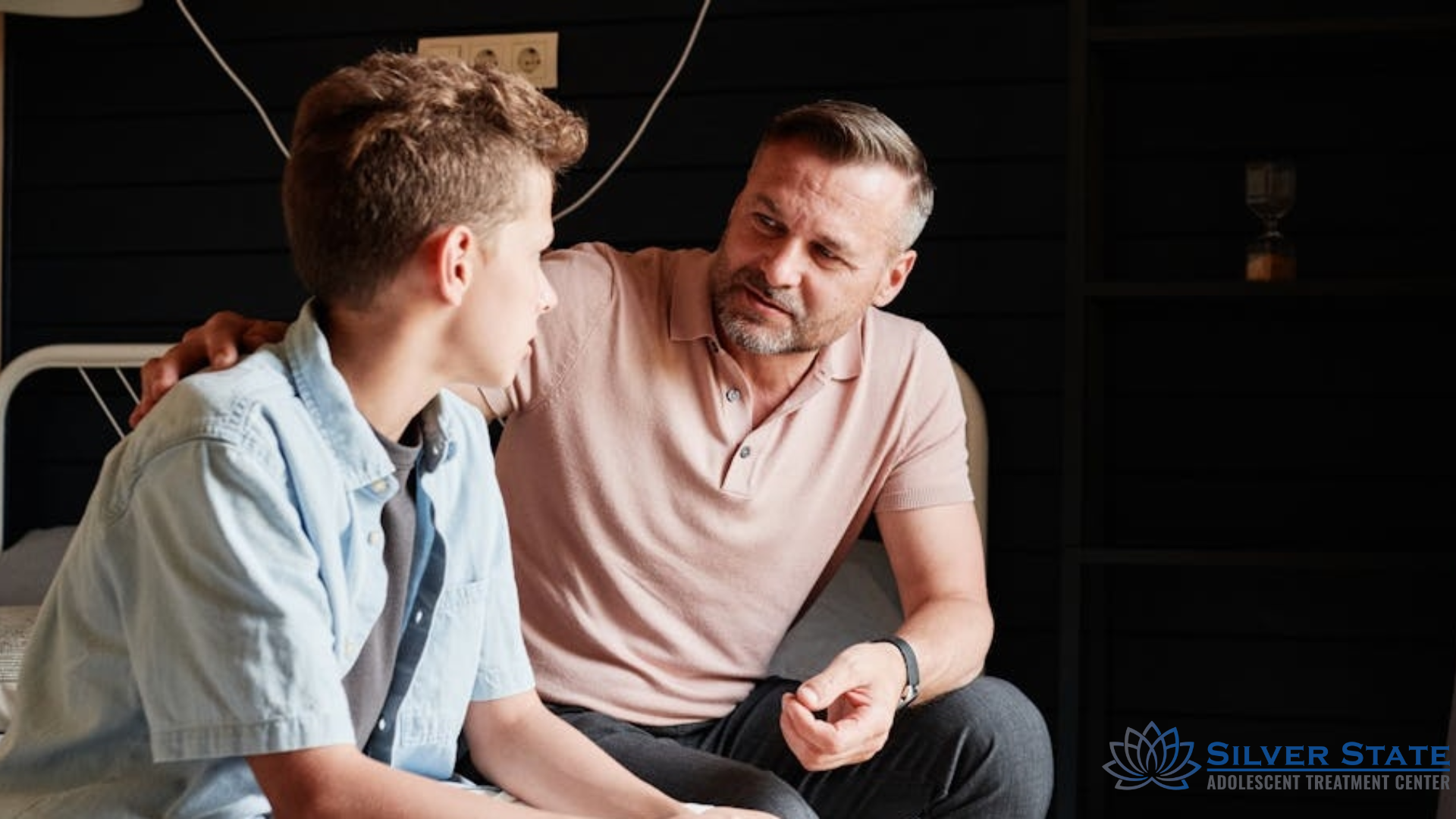How Do Sports Injuries Connect To Teen Opioid Addiction In Inpatient Rehab Mental Health?

Table of Contents
Key Takeaways
- Teen athletes often get hurt while playing sports, which can lead to the use of prescription opioids to ease the pain.
- Using these drugs wrong over time can make you more likely to become dependent on them and have mental health problems.
- In structured recovery settings, therapy, education, and peer support help teens learn how to cope with stress healthily.
- Long-term recovery requires addressing both the physical injury and the emotional difficulties associated with substance abuse.
Introduction
People often say that sports are a good way for teens to get exercise and learn discipline, teamwork, and how to bounce back from failure. But when injuries happen, getting better can be harder. Prescription opioids are often used to treat pain, and while they can help in the short term, they also come with a lot of risks. For some teens, what starts as pain relief can lead to addiction.
This is where inpatient rehab mental health programs come in. They help teens understand how using opioids can hurt their bodies and their mental health. These programs help teens heal completely by not only treating their physical pain but also the mental problems that come with sports injuries. This helps them move toward healthier lives.

How do sports injuries make teens more likely to abuse opioids?
Teenagers who get sports injuries like broken bones, torn ligaments, or long-term pain may turn to strong drugs for relief. Youth.gov says that many teens first come into contact with opioids when they get hurt and are given prescriptions for them. These drugs are only supposed to be used for a short time, but if they aren’t carefully watched, they can become addictive.
Teens may also misuse their prescriptions by taking more than they should or continuing to use them after their pain goes away because they feel pressure to get back to sports quickly. This cycle makes it easy to go from being healthy to being addicted.Why does managing pain affect how well someone gets better mentally?
Pain in the body doesn’t happen by itself. Injuries can make you feel stressed, angry, and scared that your friends will leave you behind. This emotional burden can heighten the risks of anxiety, depression, and dependency when combined with opioid use.
A CDC report shows that injuries and drug abuse are linked. It also shows that education and peer interventions can lower the risk of drug abuse. Teens may start using drugs and alcohol not only to deal with physical pain but also to escape their feelings if they don’t get this help.
For this reason, programs that help with both physical recovery and mental health issues, like those for teen anxiety, are very important for long-term healing.

How do Teen Therapy Programs help teens get better after being addicted?
Stopping the use of drugs is not enough to get better. Teenagers need to learn better ways to deal with stress, pain, and disappointment. Teen Therapy Programs use structured methods to help teens learn how to control their emotions, be strong, and build their confidence without using drugs.
Group sessions, peer support, and individual counseling teach teens how to identify triggers, establish boundaries, and manage discomfort in various ways. These abilities not only help them regain their relationships with friends and family, but they also enhance their mental health.
How does help from friends and the community affect recovery?
For athletes who are accustomed to working in a team, recovering alone can be more difficult. Teens with structured care are guaranteed to have access to resources that can aid in their recovery. Peer-focused interventions demonstrate how education, accountability, and shared experiences can assist individuals in quitting opioid use, according to PubMed Central.
The below-mentioned YouTube video and other resources show how teens can get better after sports injuries and addiction if they are in the right environment. Being around people who understand what they’re going through gives them hope and motivation.
Conclusion
Teenagers can rebuild healthier lives after sports injuries, which can lead to opioid abuse. Teenagers learn how to deal with pain without drugs while also protecting their mental health by getting professional treatment, support from peers, and training in emotional resilience.
Silver State Adolescent Treatment can help if your teen is having a hard time. Their team provides specialized care that helps people heal both physically and mentally. To start your journey to balance and healing, call 725-525-9897 today.
FAQs
How do teens misuse opioids after getting hurt in sports?
Teenagers are often given opioids to help with pain, but they can misuse them if they keep taking them after they feel better or take more than they should.
Why are athletes more likely to develop a dependency?
Athletes often feel pressure to get back to work quickly, so they take drugs instead of letting their bodies heal.
Can therapy really take the place of medicine in the process of getting better?
Yes. Therapy programs teach people how to deal with stress and pain in different ways, as well as how to deal with their emotions.
How do peer programs help keep people from abusing opioids?
Peer programs help people make better choices and avoid risky behaviors by holding them accountable, sharing experiences, and teaching them.
Is it possible to get better after using opioids as a teenager?
Yes. Teens can fully recover and take charge of their futures with the right support systems, structured care, and professional help.
- Youth.gov. Opioids. Youth.gov, youth.gov/youth-topics/substance-use/opioids
- Sun, Tianyu, et al. “Rx for Addiction and Medication Safety (RAMS-PEER): Evaluation of an Education and Peer Program on Opioid Misuse.” Preventing Chronic Disease, vol. 17, 21 May 2020, www.cdc.gov/pcd/issues/2020/19_0380.htm
- Author(s) Unknown. “PMC Article.” PubMed Central, pmc.ncbi.nlm.nih.gov/articles/PMC12181802/.

